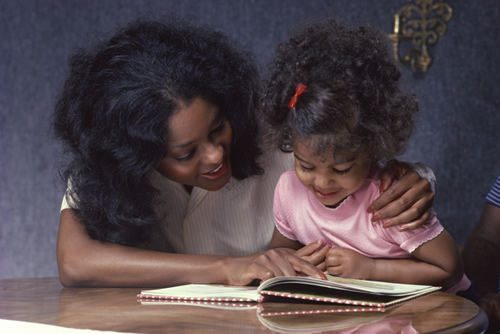Byrne, Jamie
Page Navigation
- Byrne, Jamie's Homepage
- Speech at Home
- Parent Involvement
- Articulation
- Language
- Technology and Speech Therapy
- Articulation Homework
- Summer Carryover Ideas
- What is a Speech-Language Pathologist?
- Definitions of Common Terminology
- Speech Services
- Kindergarten Screening
- About the Therapist
- FAQs
- Links
- Calendar
- Vassar Rd. School Calendar
- Vassar Road Elementary School
- Parent Involvement
-
HOW TO HELP YOUR CHILD:

1. Talk with your child about everything. Speak in a natural way. Avoid using "baby-talk."
2. Listen carefully and expand your child's language by using well-formed, slightly longer sentences.
3. READ with your child frequently. Talk about the books you read together. Talk about the pictures and have your child retell the story or make up a new ending. Also read such things as signs, posters, cereal boxes, and labels.
4. Provide new experiences, such as trips to the zoo, cooking, and making things. Talk about these projects before, during, and after you do them. Explain things that your child does not understand.
5. Help your child learn to follow directions by playing games together. Play "Simon Says." Give your child the opportunity to explain how the game is played and take turns being the "teacher." Give him or her simple directions to follow when helping with household chores. (i.e. setting the table, folding laundry) Make the directions more complex and longer by adding steps. (i.e. "Put the fork on the table, pour the juice, and stir the noodles.")
6. Teach your child to sort objects by color, size, function, or other attributes. Talk about how the objects are the same and how they are different.
7. Help your child answer questions appropriately by asking who, what, when, where, why, and how.
8. Use television and computer programs as a springboard for conversation after viewing/playing a program together.
9. Have your child's hearing checked often, especially if he/she experiences frequent ear infections or upper respiratory infections.
10. Show interest in your child's daily experiences and encourage your child to talk about them.
11. Encourage your child's independence by having him/her pick up around the house, put on and tie his/her own shoes, and button, zip, and snap his/her own clothes.

